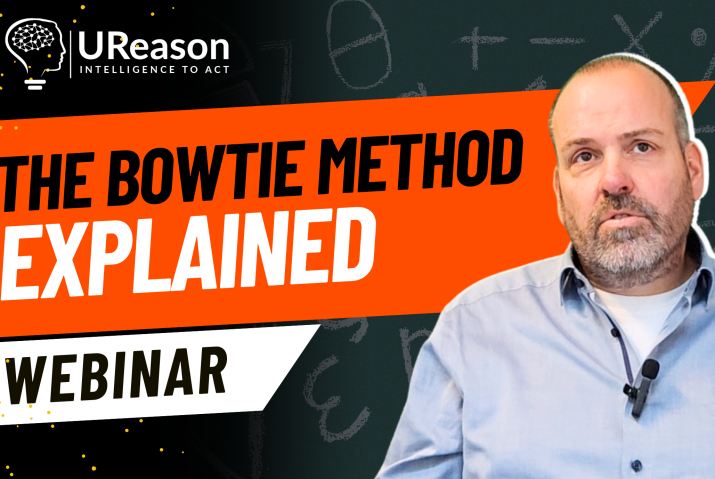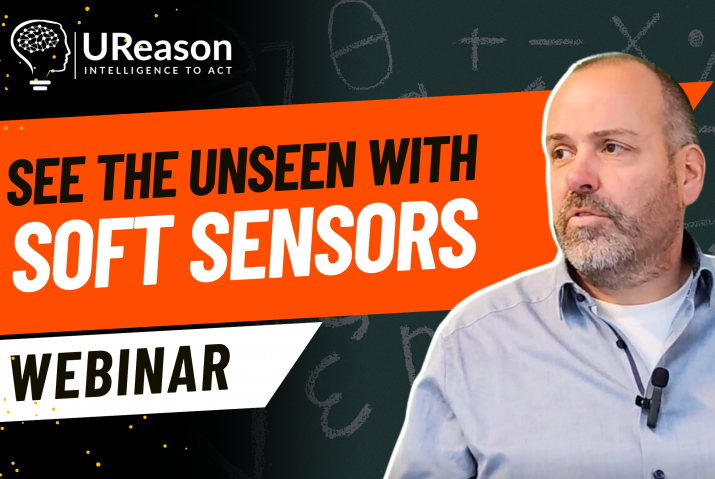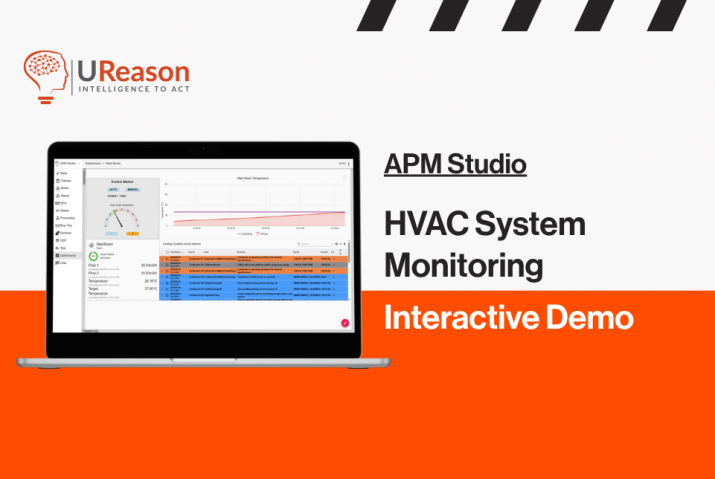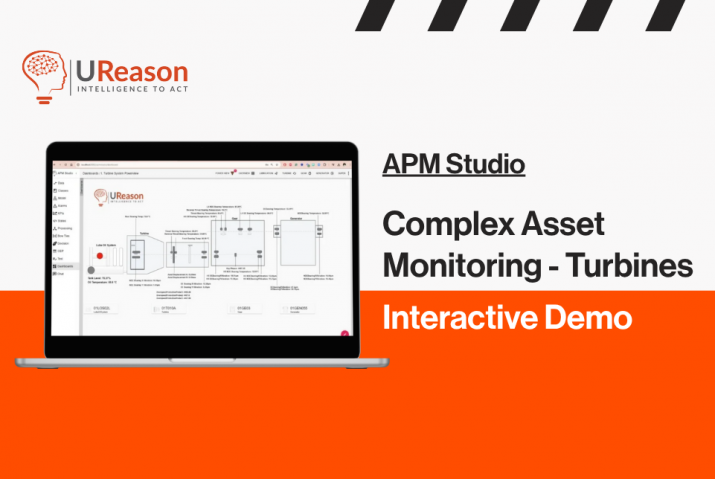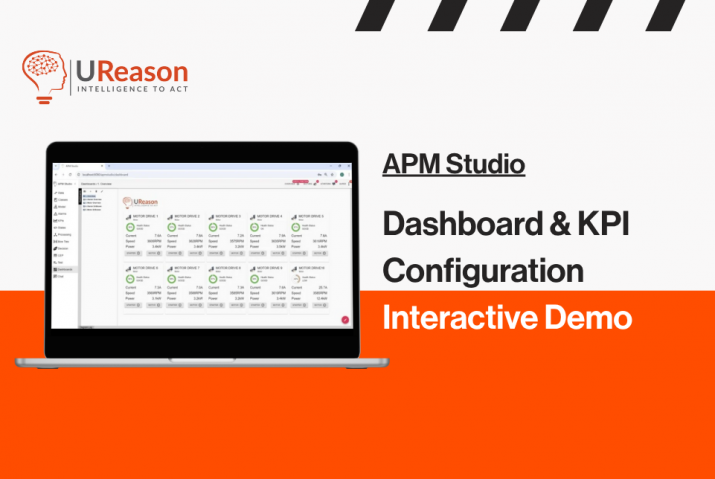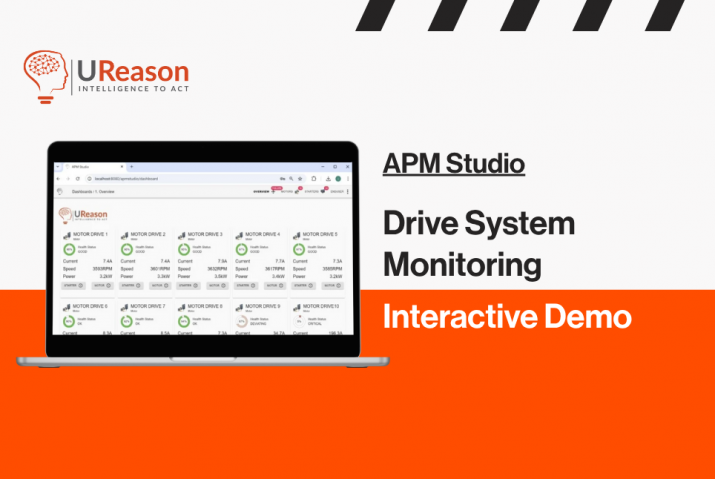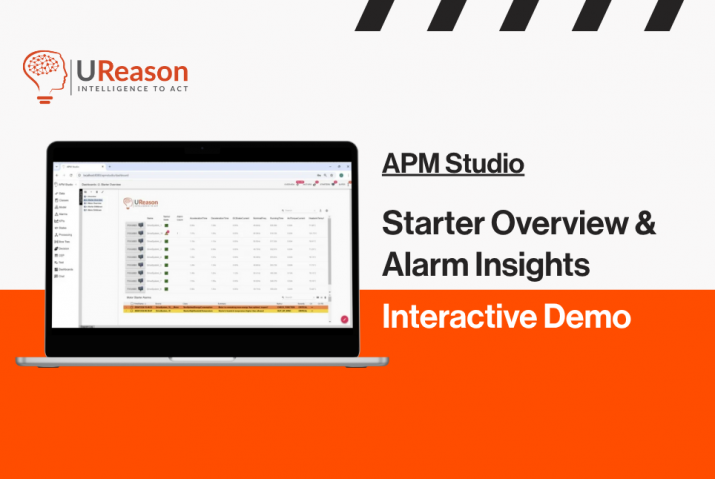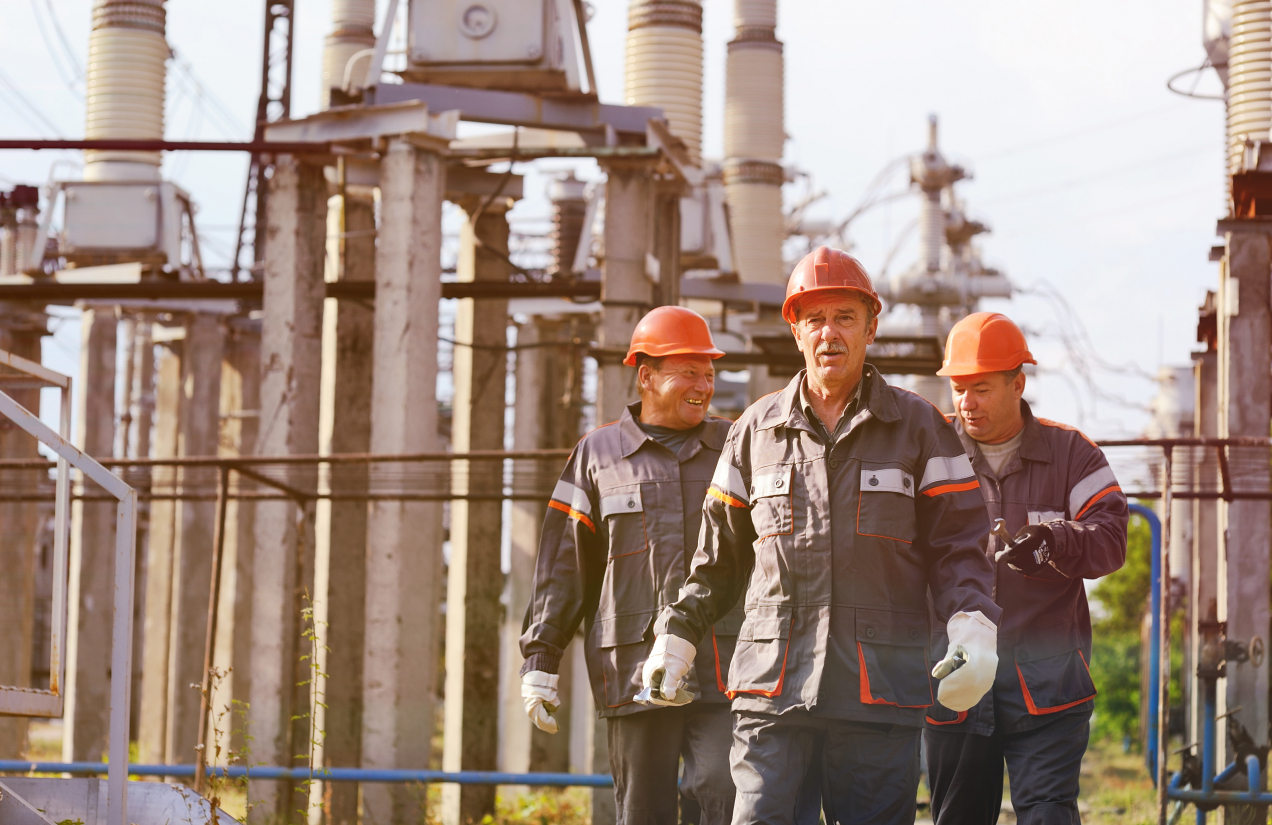
Newer engineers and operators are tasked with a major problem that they may not be able to handle easily. The older engineers knew their plants so intimately that they didn’t really even have to think about it. They knew what to do, and more importantly, what not to do in nearly every situation. They knew how to keep the assets they managed operational. For almost twenty years, asset owners have been trying to pull this information out of the minds of the retiring engineers and operators, but it has been less than successful.
The problem really is that the engineers and operators don’t know what they know. They just do it. They can hear when a pump “sounds funny” and needs repair or replacement. They know what pipeline cavitation sounds like, and what it means to the process. They know what happens when a manufacturing line is just about ready to break down. But they don’t really know how they know. It is institutional knowledge, but it isn’t entirely conscious. It can’t be easily taught, and it can’t be learned except the way the existing engineers and operators did: by spending years keeping the assets operational.
Now, add to the fact that these engineers and operators are retiring and the fact that the assets in many plants are aging, and may actually be considered past their design lifetime. In many cases, that is significantly past their design lifetime. You may be in charge of an oil refinery that is nearly 100 years old, and your management expects you to keep it going…and going… and going! You almost certainly do not have complete information on all the plant equipment and systems. If you’re running an oil refinery, more than half of your controls and instrumentation may still be pneumatic. Sometime in the next few years, you are going to lose all of your pneumatic expertise as your older workers depart.
If your new engineers and operators were trained on modern digital and electronic controls, and the latest process devices, they are going to have a severe shock when they see what you are asking them to actually work with.
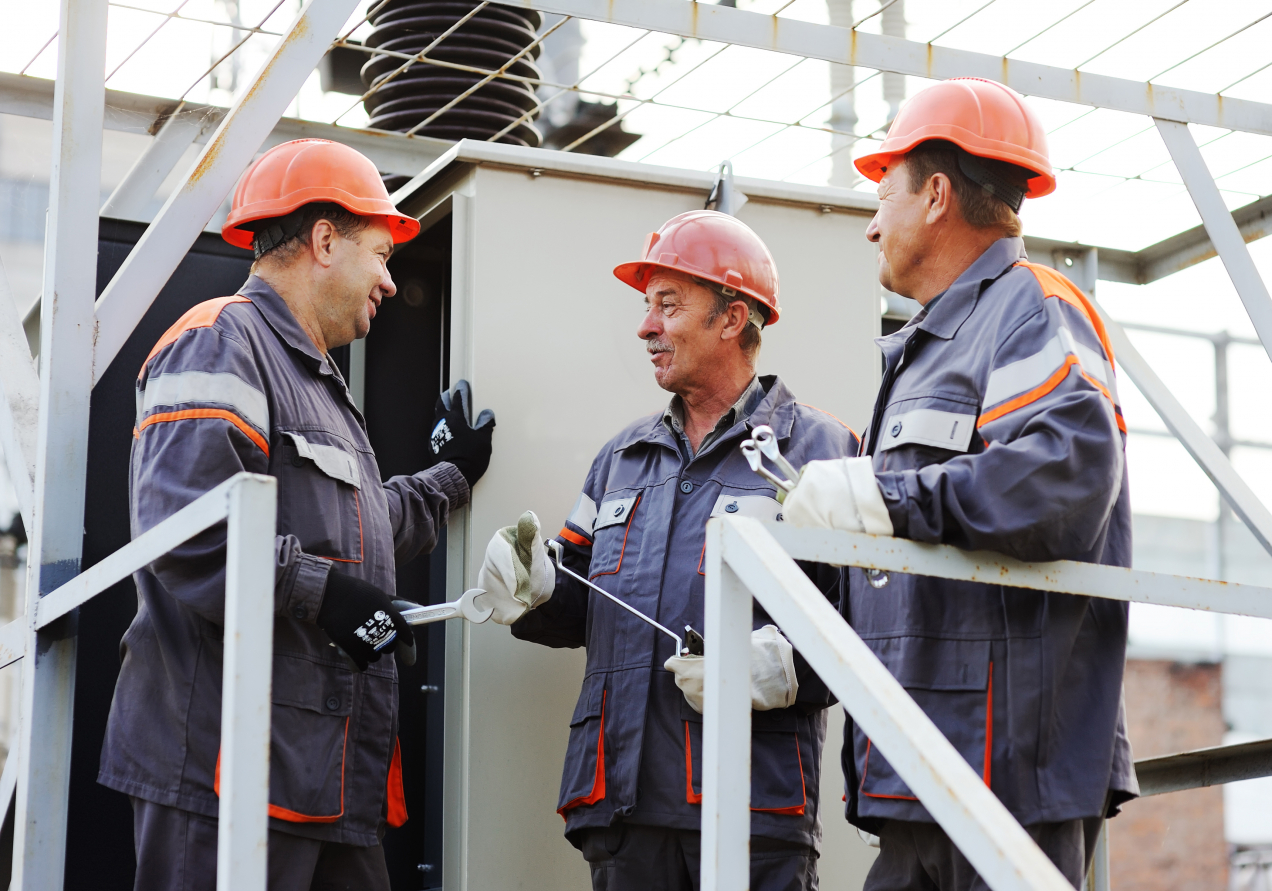
They are going to have another shock when you ask them to produce the data and information that a new plant can, with the infrastructure of an aging brownfield plant. They simply cannot because the information isn’t available in digital form. There’s a closet somewhere off the control room with stacks of paper reports on asset maintenance that nobody has ever read, and nobody knows what’s there.
You are in the first generation of Asset Performance Management systems: paper based systems. You have many reports on paper. It is difficult to research issues. It may not be possible to know what all your assets are doing, or capable of doing. Along with the blizzard of paper, you also have sets of drawings and manuals that may or may not reflect what is actually in your plant today. They quaintly call those documents “as-builts” but they were obsolete the day the plant opened. If that was in 1922, they may not even exist anymore.
So what do you do? You need to move your plant to a fourth generation asset performance management system that provides all the information you need to operate your assets the way they need to be run in the third decade of the 21st century.
UReason asset performance management solutions can help you move your plant forward and let you compete in the modern world. To learn more download a copy of UReason’s ebook on the next generation of Asset Performance Management.
